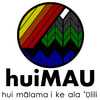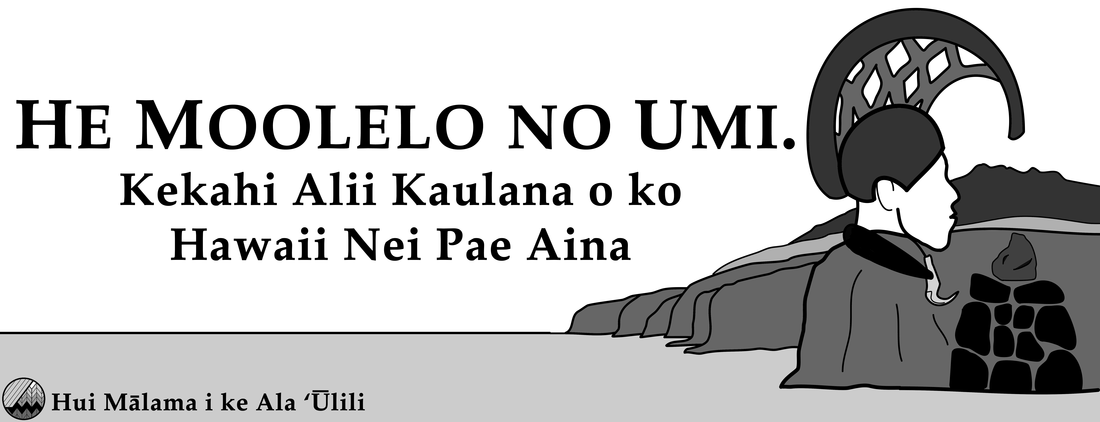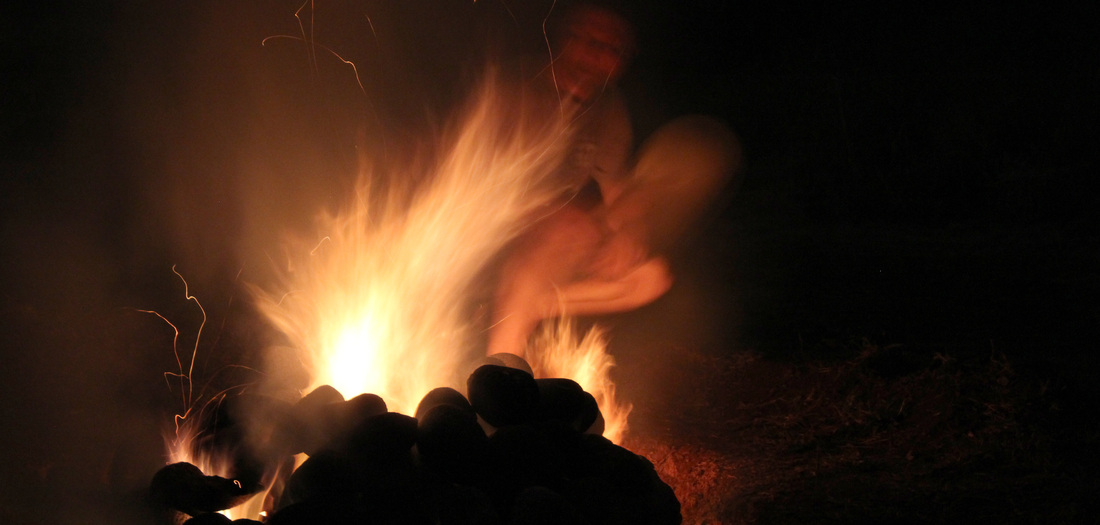A Moʻolelo for ʻUmi: A Famous Aliʻi of These Hawaiian Islands.
* Simeon Keliikaapuni. "He Moolelo no Umi." Ka Nupepa Kuokoa. March 1, 1862. * Translation by Kealaulili, 2014.
1 Comment
Freda
2/9/2023 02:50:58 pm
This is a very joyful day of my life because of the help PRIEST Salami has rendered to me by helping me get my ex-husband back with his magic and love spell. I was married for 6 years and it was so terrible because my husband was really cheating on me and was seeking a divorce but when I came across PRIEST Salami email on the internet on how he helped so many people to get their ex back and help to fix relationships. and make people happy in their relationship. I explained my situation to him and then sought his help but to my greatest surprise, he told me that he will help me with my case and here I am now celebrating because my Husband has changed totally for good. He always wants to be by me and can not do anything without my presence. I am really enjoying my marriage, what a great celebration. I will keep on testifying on the internet because PRIEST Salami is truly a real spell caster. DO YOU NEED HELP THEN CONTACT DOCTOR PRIEST Salami NOW VIA EMAIL: [email protected]. Whatsapp number: +2348143757229 He is the only answer to your problem and makes you feel happy in your relationship...
Reply
Leave a Reply. |
Archives
November 2015
Categories |
Mahalo for visiting our Hui Mālama i ke Ala ʻŪlili Website!
Hui Mālama i ke Ala ʻŪlili is a community-based nonprofit organization. Our mission is to re-establish the systems that sustain our community through educational initiatives and ʻāina-centered practices that cultivate abundance, regenerate responsibilities, and promote collective health and well-being.
Hui Mālama i ke Ala ʻŪlili is a community-based nonprofit organization. Our mission is to re-establish the systems that sustain our community through educational initiatives and ʻāina-centered practices that cultivate abundance, regenerate responsibilities, and promote collective health and well-being.



 RSS Feed
RSS Feed